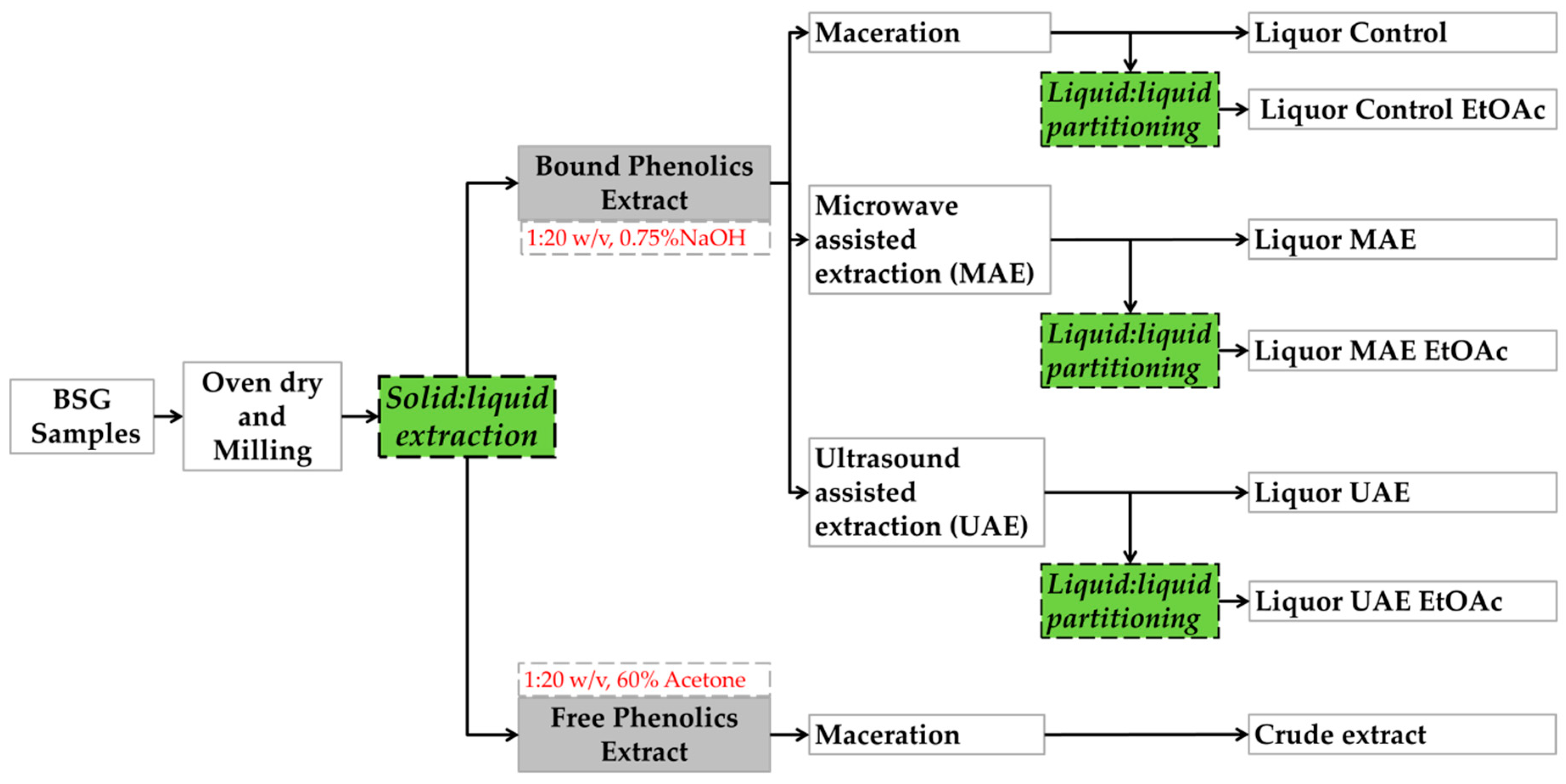Research Methods for the Biosciences by Debbie Holmes, Diana Dine, Peter. £15.00 + £16.00 P&P. Aiming to demystify the process of research to equip biosciences students with the skills they need to perform their own investigations, this book leads students through almost all the factors that enable effective research. Research methods for the biosciences.
LLNL's Biosciences & Biotechnology Division lies at the intersection of biological, physical, and engineering sciences. We apply an understanding of fundamental biology to predict and counter emerging biological and chemical threats and to solve problems in health and environmental security.
LLNL's cutting-edge technologies, in combination with experimental and computational methods, help us solve important national problems in biosecurity, human health, and environmental biology. We perform fundamental and applied research in areas such as genomics, molecular toxicology, nanotechnology, host–pathogen biology, structural biology, genetics, microbial systems, and medical countermeasures. Post malone stoney zip download. We employ world-class facilities and up-to-the-minute advances in the biosciences, physical sciences, nanotechnology, and imaging and measurement science to solve problems that matter.
Bioscience Journal
Our multidisciplinary staff focus on integrating experimental and computational tools to understand complex cellular systems, testing and expanding our understanding of cellular mechanisms, and using our knowledge to provide solutions for countering current and emerging threats.
Research Methods For The Biosciences Biotechnology

Explore this page to learn about the people, research, and resources that support our mission.
